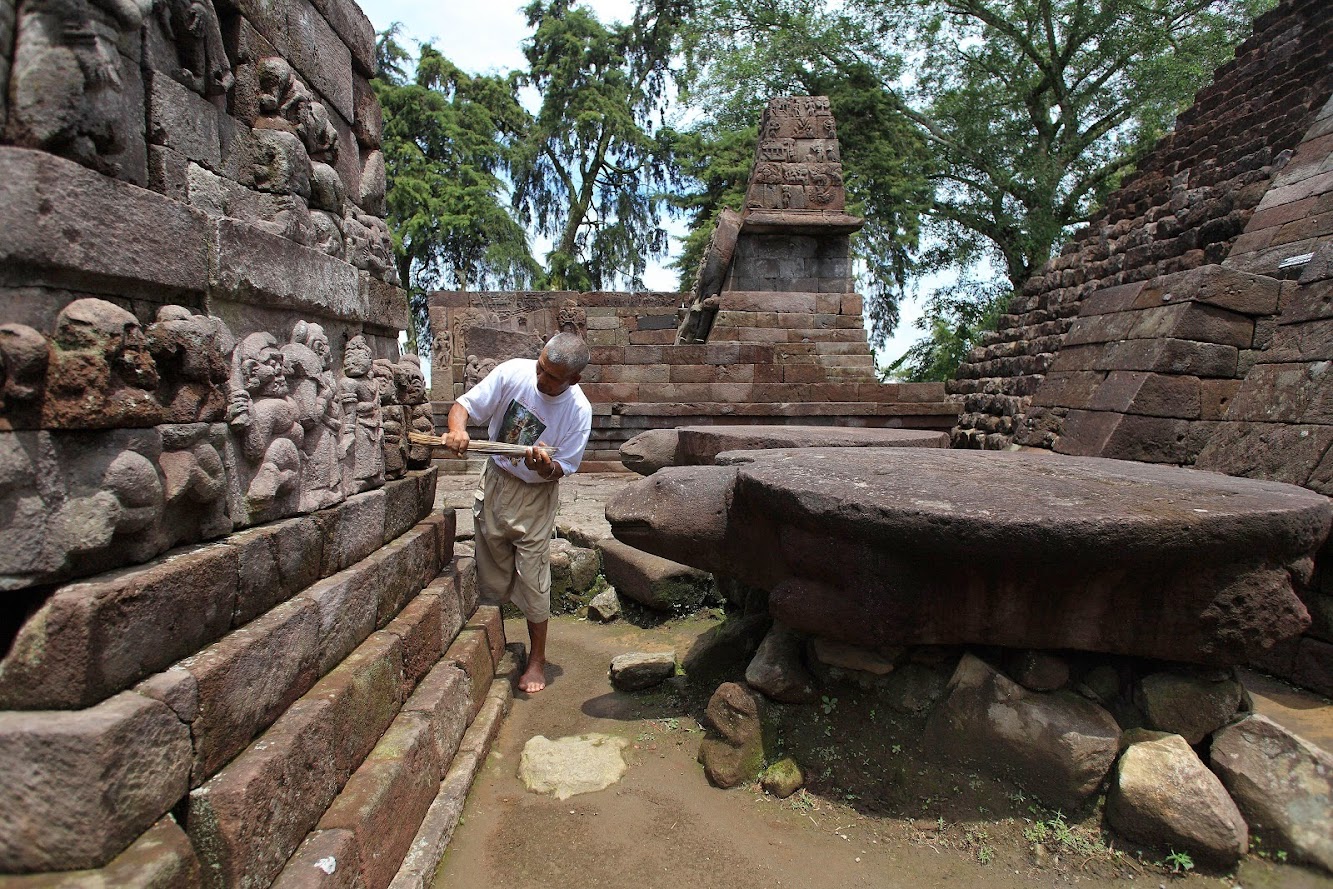Merry Wanderer of the Night:
Asia
Java: Collapsing pyramid at the Hindu Temple of Sukuh in Java to be restored by 2016

East Asia: Qing Dynasty throne fetches $5.15 mln at auction

India: 900 year old Golconda Fort opens doors to renovation plan

Central Asia: Disputes damage hopes of rebuilding Afghanistan’s Bamiyan Buddhas

India: Rock paintings at risk of fading away

East Asia: 600-year-old tower destroyed by fire in Yunnan

India: Pollution turning the Taj Mahal yellow

Star Place — it's ready!
Lubetkin Prize has got to the bird's nest
The stadium has not sustained loading
India: Australia to return centuries-old stolen Buddha statue to India



